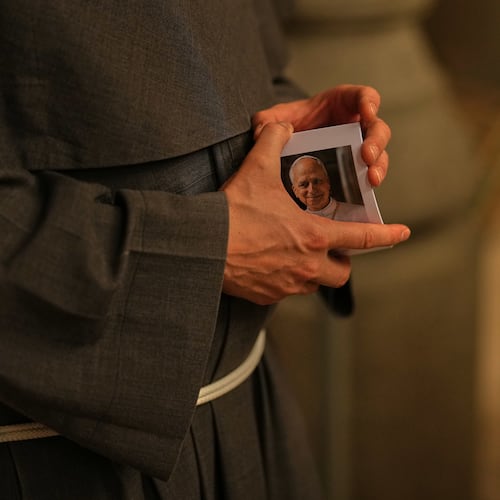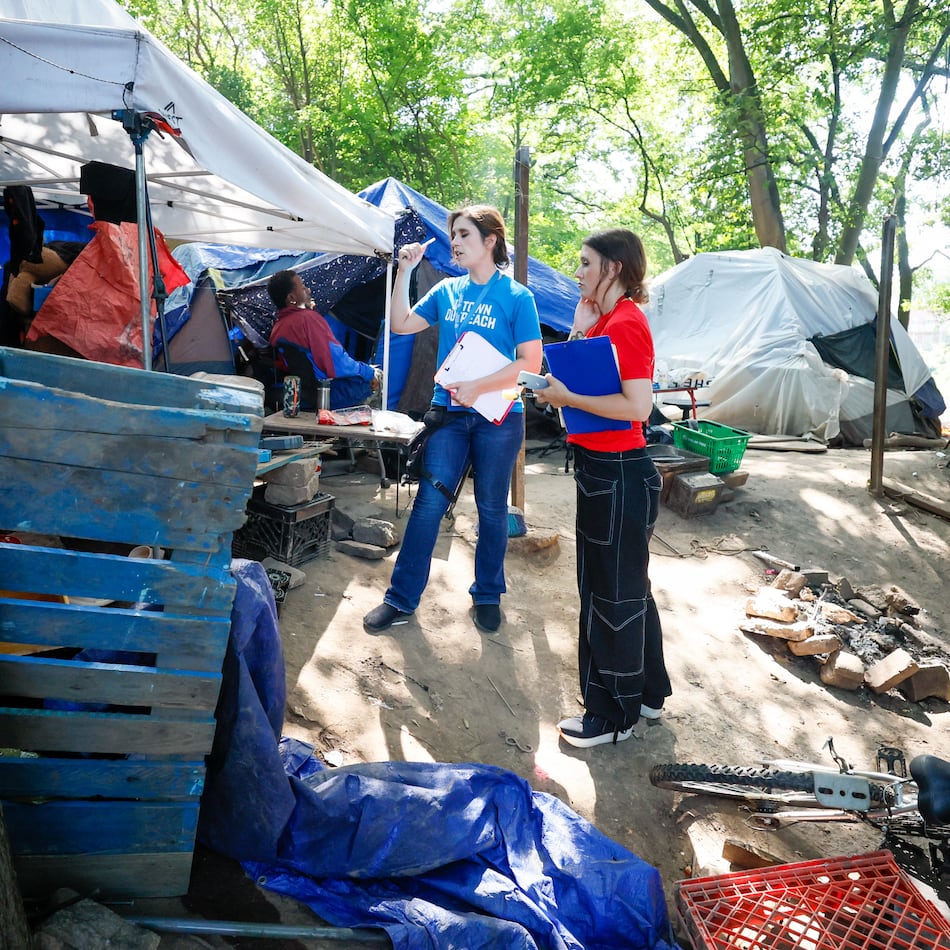“We got a Black Pope.”
This is the headline of a story posted Friday by the Washington Informer, a Black newspaper that has served the Washington area since 1964.
It was a decidedly different headline from the ones in mainstream news outlets last week when Robert Francis Prevost became Pope Leo XIV.
The selection of the first U.S.-born pontiff caught some people off guard. And, if that surprised the world, it was even more surprising the pope, at least by the historical definition, is also Black.
Leo’s maternal grandparents are identified as Black or “mulatto” in historical records. They were married and lived in the 7th Ward, an area of New Orleans with a heavy concentration of Creoles.
Creole is a term that carries several meanings. In the parlance of south Louisiana, it meant people of mixed African, Caribbean and European ancestry who were typically lighter-skinned, Catholic and French-speaking.
They occupied the racial space between Black and white, which afforded them more rights than darker-skinned people, but not as many rights as white people. Over the decades, many Creoles moved into whiteness, which was known as passe blanc.
Many publications have characterized the information about the pope’s background as a “discovery” that was “unearthed” — language that leads us to regard these facts as having either been hidden or forgotten.
It is unclear if Leo has publicly discussed this aspect of his identity. Still, Black Catholics and Black Americans have reacted with excitement and joy at the revelation of the pope’s ancestry.
Why? That happiness, I believe, is rooted in the desire all of us have to see a reflection of ourselves in positions of high regard, even if the individual in that position doesn’t feel a strong kinship to us. It allows us to feel seen in ways others might not see us.
When the pope’s brother, in an interview with The New York Times, said the family did not identify as Black, I thought of Meghan Markle and the kerfuffle over her race that set British tabloids on a rampage.
Credit: Getty Images for TIME
Credit: Getty Images for TIME
Markle, the wife of Prince Harry, Duke of Sussex, famously stated that although she has a mother who identifies as a Black woman, she had never been treated like a Black woman. That held until she began dating a royal from the country that established a global system of oppression.
I also thought of the many books and essays by white American authors searching the branches of their family trees and discovering some of them were black. These revelations were unique to the writers, but they likely came as no surprise to most Black readers.
When Black people look into the faces of our extended families, many of us see verification that race or racial identity is fluid.
Yet try as we might to dismantle beliefs used to justify slavery and reinforce the caste system of Jim Crow, there is a persistent idea in America that blackness can or should be defined by the one-drop rule — the legal principle that a single Black ancestor makes you a Black person.
I’m not sure we will ever shed these colonialist constructs of race, and in moments like this, maybe that’s not so bad.
This is why the story of Leo’s ancestry is important to share. It is a reminder that any American story is interlaced with the diversity of this country. The pope’s family is the very embodiment of America’s unique history.
Watching the pride and hope emanating from Black people who see parts of themselves and their history in Leo’s story is evidence that, as different as we might think we are, Americans are forever bound together by our history.
In this instance, the impact is global. Catholics from around the world happily celebrated Leo’s Creole and Haitian heritage. Many who live on the African continent had hoped the new pope would come from there. Three Black cardinals — Robert Sarah of Guinea, Peter Turkson of Ghana and Fridolin Ambongo of Congo — had also been considered papabile.
I’m not Catholic, but the pope and I do have a few things in common.
We were both born on the South Side of Chicago.
We both have grandparents who are identified in historical records as Black and “mulatto.”
We both have ancestors who migrated from Louisiana to Chicago as part of the Great Migration of Black people from the South to the North.
And we both did time at Catholic high schools in Chicago: Leo was a teacher at St. Rita. I was a student at St. Ignatius.
But I have always identified as a Black woman, while Leo has demonstrated his ability to move chameleon-like through the world.
He speaks three languages and holds dual citizenship in the U.S. and Peru, where he lived and worked for more than 20 years. When he spoke to the crowd assembled at St. Peter’s Basilica last Thursday, he spoke in Spanish and did not mention the United States.
Some Catholics said they were relieved to discover Leo was not too American. But in truth, his origin story is about as American as you can get.
As he leads the world’s 1.4 billion Catholics into a new era, what matters most, of course, is not his race, or the language he speaks, or the country from which he hails. It is his service to the church and his ability to connect with its people.
In that, Leo is off to a promising start.
Read more on the Real Life blog (www.ajc.com/opinion/real-life-blog/) and find Nedra on Facebook (www.facebook.com/AJCRealLifeColumn) and X (@nrhoneajc) or email her at nedra.rhone@ajc.com.
About the Author
Keep Reading
The Latest
Featured



